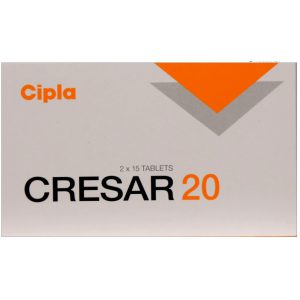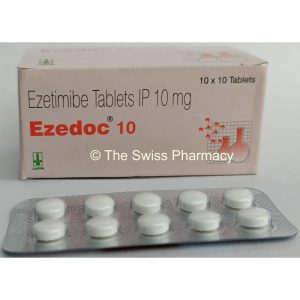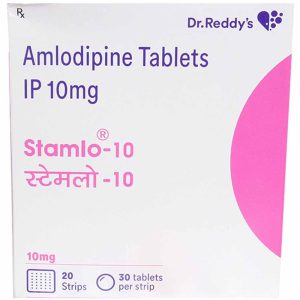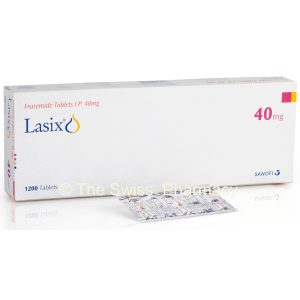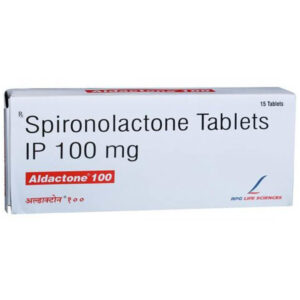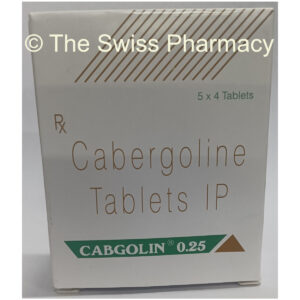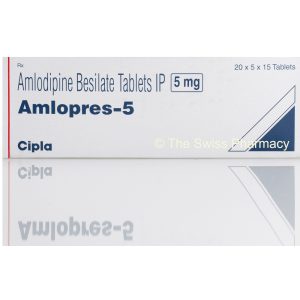Types, Symptoms of Heart Failure – Management Of Heart Failure using Diuretics
The Problem of Heart Failure
82 % of people with heart failure will die within six years of diagnosis. That’s why it’s what one could gravely call ‘living on the edge’!
Defining Heart Failure
Heart Failure is a terminal condition where the cardiac output and blood pressure are insufficient to meet the body’s requirements.
Heart Failure types
Right and Left ventricular failure are the two main types which can occur simultaneously as Congestive Heart Failure.
LVF – Left Ventricular Failure occurs with the following:-
Heart muscle disease – IHD (Ischemic Heart Disease), Cardiomyopathy.
Restricted filling defect- Constrictive pericarditis, Tamponade.
Inadequate Heart Rate– Heart Block, Post Myocardial Infarction (MI)
Drugs – Anti arrhythmics and B- Blockers.
RVF- Right Ventricular Failure from excessive preload is noted in these situations:-
Mitral Regurgitation
Fluid overload (excessive intravenous fluids) especially in the elderly
Congestive Heart failure (CCF) can result from:-
Aortic Stenosis
Hypertension (High Blood Pressure)
High Output Failure
This is special entity in that the output of the heart is normal or increased in the face of increased oxygen demand of the body (Pregnancy) or reduced oxygen supply to the body (anemia). High Output Failure occurs when cardiac output fails to meet the demand. Hyperthyroidism, Paget’s Disease and A-V malformations are among the other causes in addition to pregnancy and anemia.
Symptoms of Heart Failure
Symptoms of Heart Failure depend on the Ventricle involved.
Left Ventricle Failure is characterized by dyspnoea, Orthopnoea, Paroxysmal nocturnal dyspnoea (Breathing difficulty especially on lying down), pink frothy sputum, wheeze, weight loss, muscle wasting and nocturia.
Right Ventricle Failure on the other hand presents with peripheral edema or swelling of the ankles,lower legs, thighs and lower back, ascites or distention of the tummy with accumulation of fluid within, nausea, anorexia and facial engorgement with bleeding from the nose –epistaxis.
Signs of Heart Failure
The patient of heart failure looks ill with cold and bluish tinged peripheries (cyanosis). They have low blood pressure and a galloping pulse rate. There may be right ventricular heave with displaced apex beat of the heart. Fluid in the chest wall (pleural effusion) and ascites are notable.
Investigations in Heart Failure
CHEST X RAY– Reflects cardiomegaly with prominent upper lobe veins
ECG (ElectroCardiogram) – may reveal the cause as in ischemic heart disease
ECHOCARDIOGRAM – This is the key investigation which not only indicates the cause (such as valvular heart disease) but also the remaining left ventricular capacity in terms of ejection fraction.
Management of Heart Failure
Acute heart failure is a medical emergency.
Chronic Heart Failure
Treat The Cause – Arrhythmias, Valve Disease.
Treat The Exacerbating Factors – Anemia, Thyroid Disease
Avoid Exacerbating Factors – Verapamil – Negative Ionotrope, NSAids.
Modify Lifestyle Factors – Stop smoking, Eat less salt, Maintain optimal weight.
Use Of Medications (Drugs) in Management of Heart Failure
DIURETICS
These are drugs which cause a net loss of sodium and water in urine. Application of diuretics to the management of hypertension has outstripped their use in edema.
Types or List of Diuretics
HIGH EFFICACY
Furosemide (LASIX).
MEDIUM EFFICACY
Hydrochlorthiazide.
WEAK EFFICACY
Spironolactone, Triamterene, Amiloride (Potassium Sparing).
How Diuretics work
Lasix is the prototype diuretic that inhibits Na-K-Cl Co- transporter ionic pump located at a molecular level in the thick ascending Loop of Henle.
Diuretic Lasix – Kinetics
Lasix tablets are rapidly absorbed orally. Mainly excreted via the kidneys unchanged, it may also be excreted via bile glucoronides. Preparations available are 40mg tablets or 20mg/ml injections.
Uses of Diuretics Such As Lasix
EDEMA
Lasix is preferred in hepatic, renal and cardiac edema, particularly Congestive Heart Failure(CHF) patients. Pulmonary Edema, Cerebral edema,.
HYPERTENSION
Lasix is preferred for use in those cases of high blood pressure only in presence of renal insufficiency, CHF, resistant cases and hypertensive emergencies.
FORCED DIURESIS– in cases of poisoning.
BLOOD TRANSFUSION
Prior to transfusion in anemia cases.
Side Effects of Lasix ( Diuretics)
Nausea, Vomiting, Diarrhoea, Hypokalemia (loss of potassium), Dehydration, Fall in Blood Pressure (Hypotension), Hyperurecemia, Hyperglycemia, Hypercalcemia and even Hearing loss are known to occur.
Diuretics in Pregnancy
Lasix should never be used in pregnancy induced hypertension states as it can deplete an already contracted intravascular volume compartment, compromising placental perfusion.
Other Drugs For Heart Failure Management
ACE INHIBITORS
Improve symptoms and prolong life, however diuretics and any potassium supplements must be stopped prior.
VASODILATORS
Long acting Nitrates reduce pre load and are the preferred agents
IONOTROPES
Digitalis improves symptoms where diuretics and vasodilators fail.
b BLOCKERS
(Carvedilol) Adjunctive to ACE inhibitors, these improve overall survival.
Management Of Heart Failure – Conclusion
Ever noticed a tube of super glue. It say ‘mends anything except broken hearts’. Indeed, someone has rightly said, ‘optimism is the LASIX for heart failure’. Despite the array of medications for heart failure, one cannot ignore the paramount importance of this humble human quality that could boost a failing heart.
